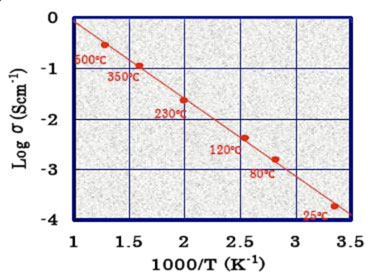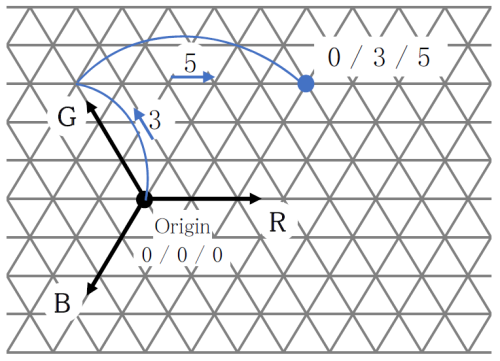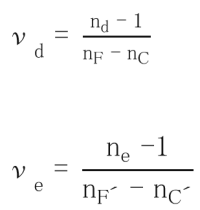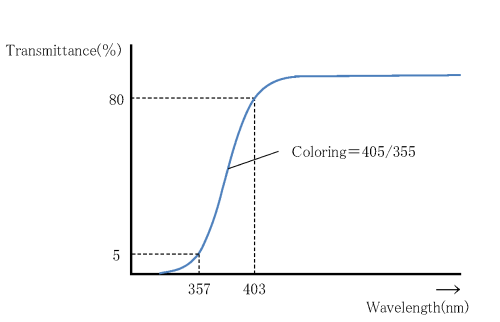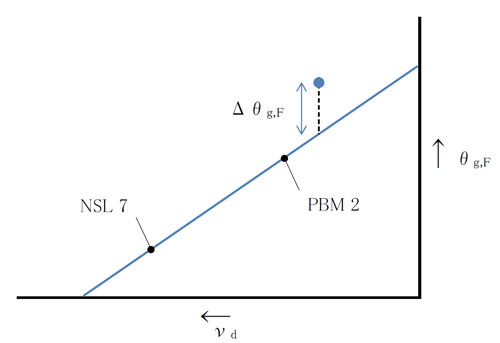Lithium-Ion Conducting Glass-Ceramics (LICGC™)
Glass-ceramic that enables advanced lithium metal cells and serves as a true solid-state electrolyte or separator in next generation lithium-ion battery electrolytes and other electrochemical devices.Advantages:
High Lithium-Ion Conductivity:
1 to 4 x 10 -4 S/cm at room temperature. These are some of the highest conductivity values achieved in a solid electrolyte. Lithium-ion transport # is 1.
Outstanding Chemical Properties:
LICGC™ has excellent chemical resistance. Water and mild acid have minimal influence on the lithium-ion conductivity.
Excellent Physical and Mechanical Properties
- Stable in air & water
- True solid electrolyte
- Non-flammable
- Safe, prevents dendrite penetration
- Supplied in various sizes
Lithium-Ion Conductivity:
1 x 10 -4 S/cm at 25°C for LICGC™ (AG-01) Membranes
Types of LICGC™ Membranes
1. LICGC™ AG-01 Polished Substrates
- Li₂O-Al₂O₃-SiO₂-P₂O₅-TiO₂-GeO₂
- Ionic Conductivity: 1 x 10-4 S/cm at 25 °C
- Standard Size: 25.4 mm SQ or DIA x 150 um THK
- Superior durability and surface accuracy
- Research & development applications for next-generation batteries
- Excellent seawater stability (>2 years)
2. LICGC™ SP-01 Sintered Plates
- Li₂O-Al₂O₃-SiO₂-P₂O₅-TiO₂
- Ionic Conductivity: 2.5 to 4 x 10-4 S/cm at 25 °C
- Standard Size: 25.4 mm SQ x 150 um THK
- Scalable in terms of size & quantity
- Ionic conductivity 3x higher than AG-01 plates
Main Crystalline Phase:
Characteristics
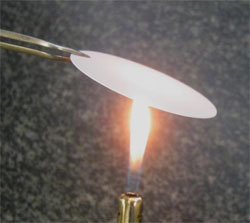
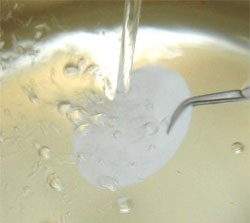
Ohara would like to acknowledge and thank PolyPlus Battery Company for their development and continued advancement of lithium metal batteries.
Please contact us to discuss your specific requirements.
Current Research:
Full Control of Solid-State Electrolytes for Electrostatic Gating
Ionic gating is a powerful technique to realize field-effect transistors (FETs) enabling experiments not possible otherwise. So far, ionic gating has relied on the use of top electrolyte gates,… Read Original Research Article.

